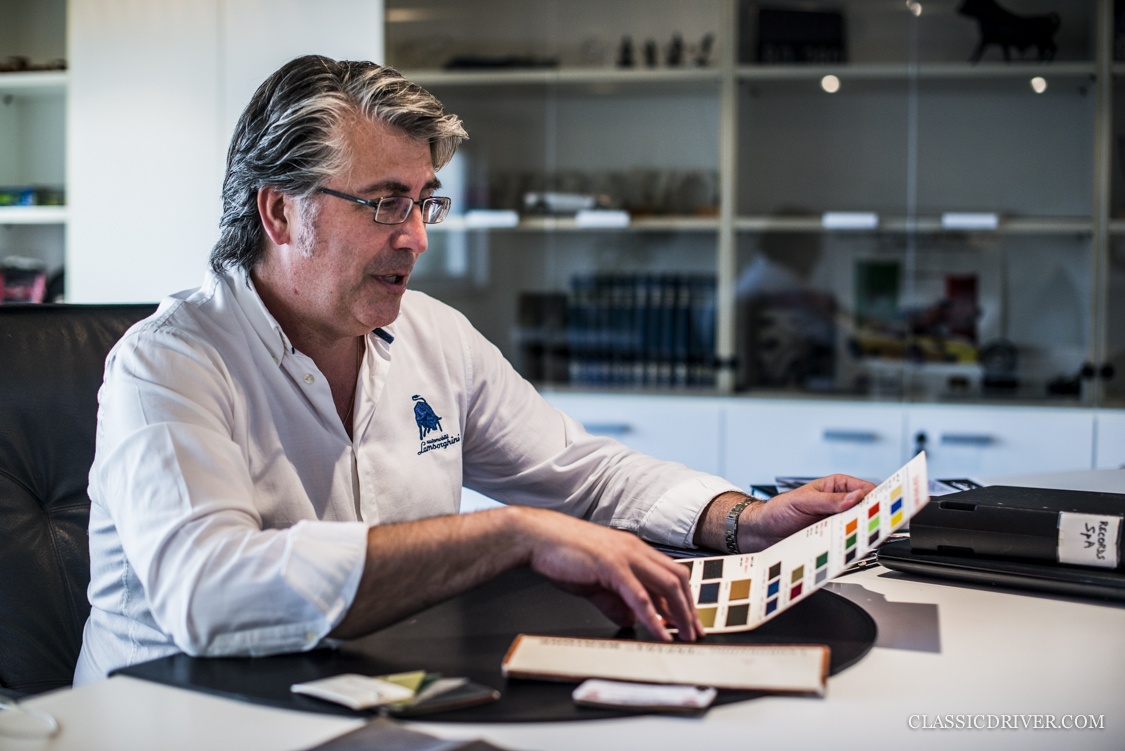
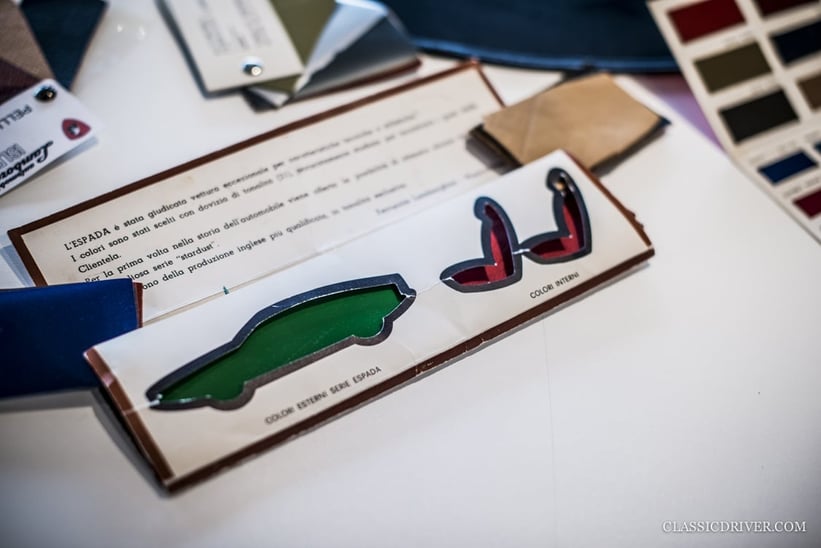
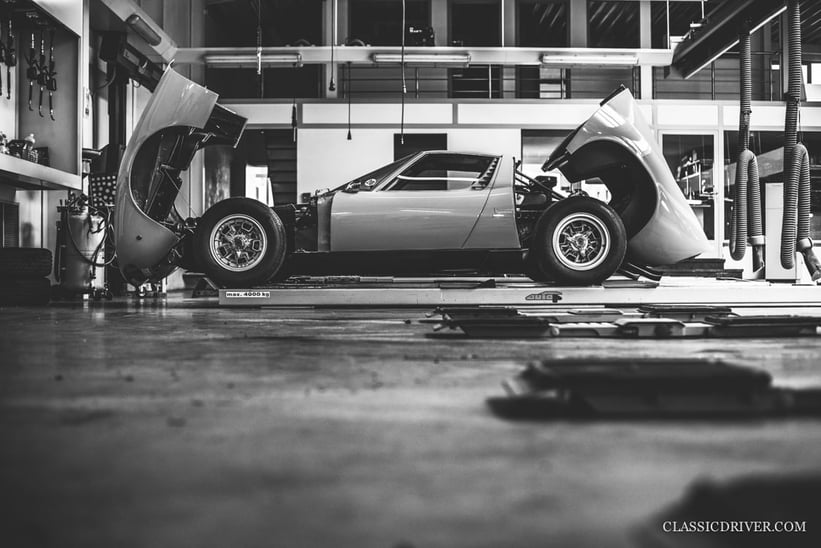
Simply asking Olivier Namèche the question of why Lamborghini — why devote your life to this one marque — and his answer says it all: “Why Lamborghini? Because Enzo Ferrari challenged the wrong person! Ferruccio was a tenacious, proud, and enterprising man, with some amazing human qualities, and he had money. Where Maserati, Alfa, and Ferrari cemented their names in automotive history because of their victories in competition, Ferruccio Lamborghini revolutionised the world of sports cars in the ’60s, in terms of both engineering and design. And to this day, Lamborghinis are still very exclusive cars, not like all the Porsches and Ferraris you see at every corner!” We had the pleasure of spending a day with Olivier and learning more about the Raging Bull from the Lamborghini guru himself.

What is your earliest automotive memory?
I have two — the first of which is very much related to Lamborghini. In Belgium, we have a hillclimb race called Le M de Bomerée, as the route is in the shape of an M. My father’s company was a sponsor, and the first time he took me, I saw a Miura — a gorgeous one, and that was my very first introduction to the Raging Bull. The second memory is from when I was about five. My dad had a Mustang 350 GT in the ’60s. He was driving really fast, as we were going to the Chimay race track, and all of a sudden, we were going down the shoulder the wrong way. That was my very first spin!
Where did your passion for cars come from?
My father has had some great cars, and as a child, I spent all my time washing them, taking care of them, and waiting for the moment my father would take me out for a ride — he drove me to school every day in his Lamborghini Jarama GTS. When I was young, I would spend the little money I had on magazines and books about cars. I also drew a lot and dreamed of being a car designer. As I got older, we went to many hillclimbs, rallies, and the Spa 24 Hours, as my father’s company AutoDistribution sponsored some Belgian drivers. I started to build my book collection and then began my Lamborghini and Porsche automobilia collection. When I turned 13, my father bought me an Apal Jet Buggy so I could learn to drive on a mud track, which I created in a field.
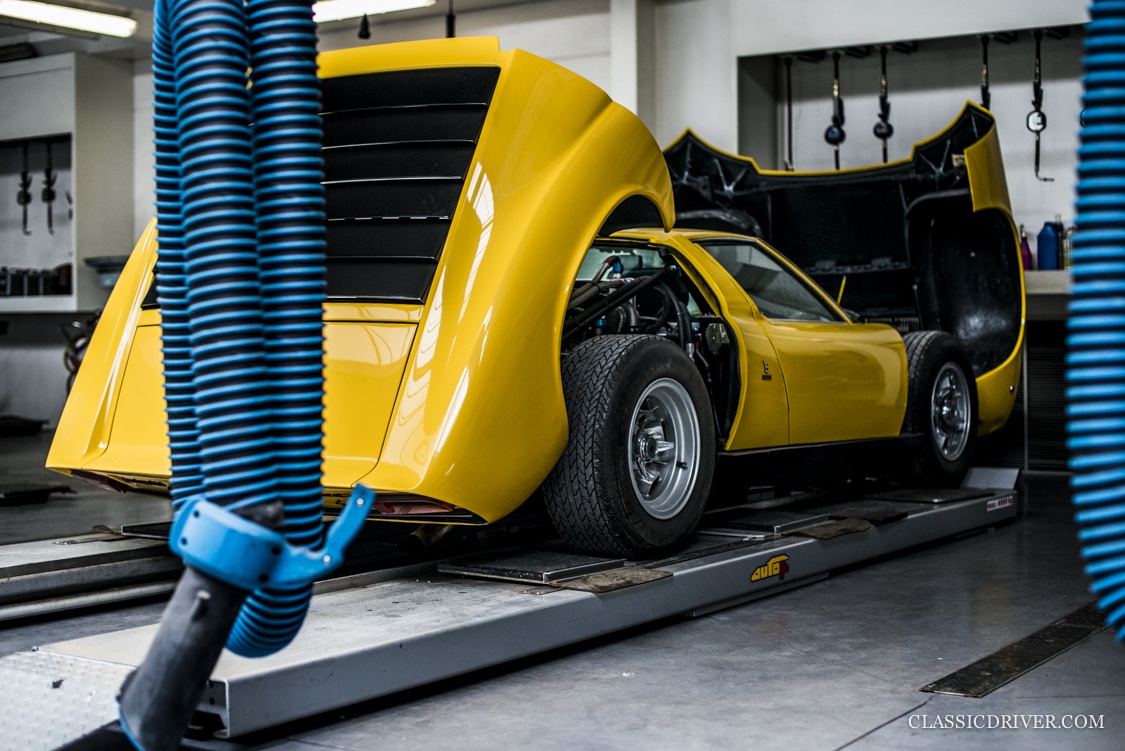
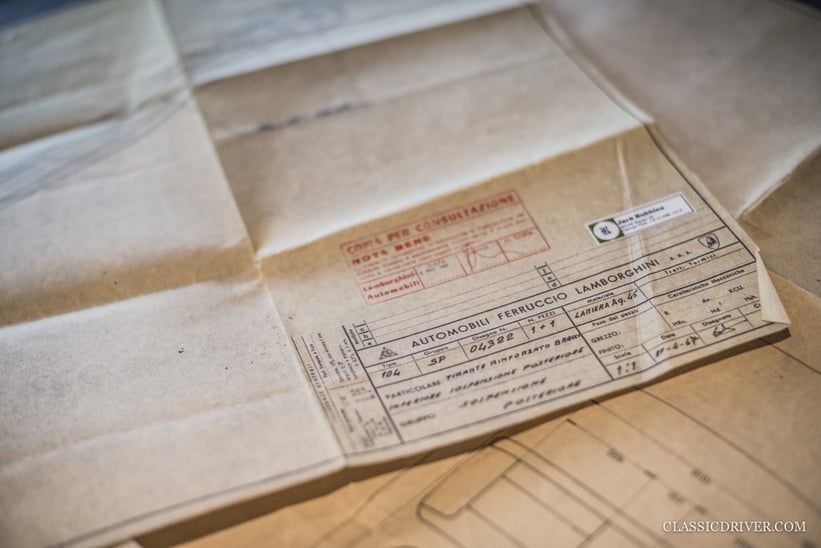
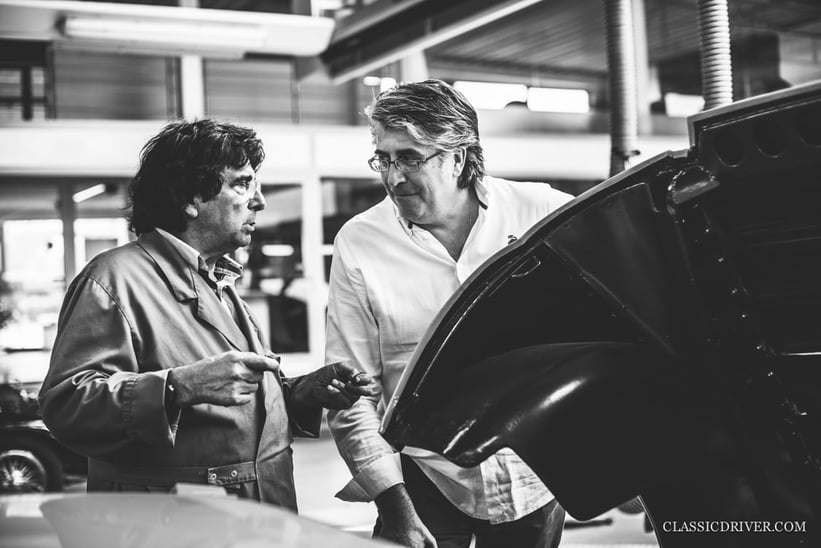
When did your automotive career begin?
After I earned my MBA, I worked with my father to develop the family business and we sold it in 1997. In 1992, I also founded N Club Sport. We’re really the pioneers of Porsche tuning in Belgium — we were eating Ruf for breakfast every morning! (laugh) Then, in late 2000, I bought 50% of the PSI Motorsport racing team and injected the necessary money so that we could finally compete in FIA GT, creating the PSI 996 GT2. We sold 12 of them to private teams. Throughout this whole time, I was also brokering classic and sports cars.
Your experience and expertise with Lamborghini are wide and varied. What are the main services you offer to clients?
First, I’m a broker. I’m specialised in classic Lamborghinis, but I can also source some more recent supercars, such as the F50 or Enzo. Then, as an expert, I can provide advisory services, including inspecting cars for customers, providing estimates based on these inspections, and offering restoration guidance. I’m also a historian. I created the Lamborghini Club Belgium, of which I’ve been the president for the past 10 years, as well as the Jarama registry, and I have very close relationships with other registries around the world. And, recently, I’ve created a publishing house, Takarabune, which has already published its first book, Bob Wallace: The Man Who Marries Sportscars.
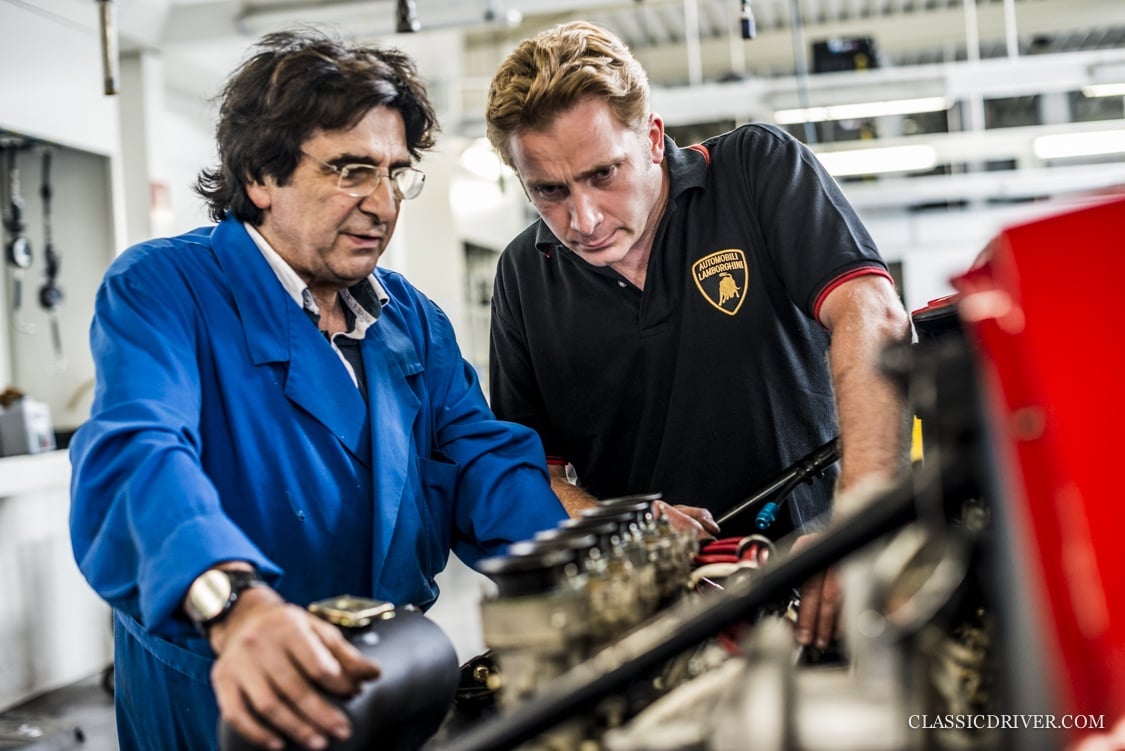
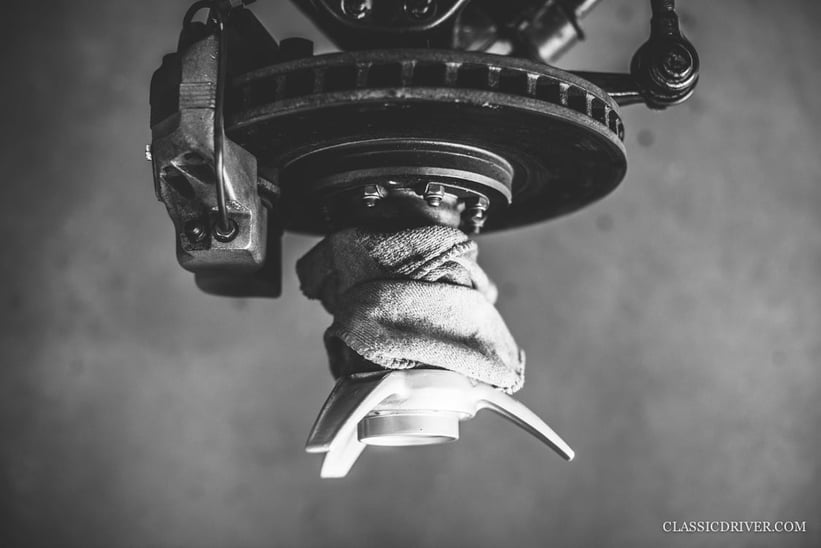
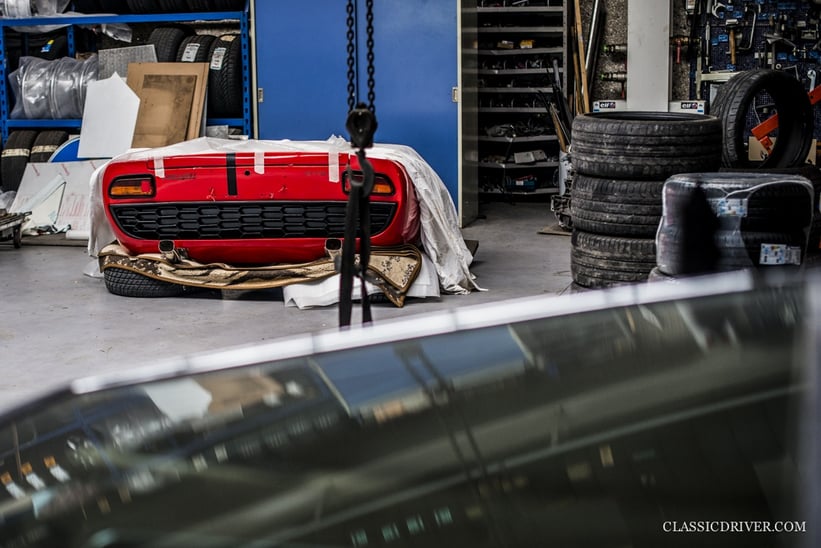
What’s your relationship with the marque today and Polo Storico?
I’m a consultant for them, but we’ve been working very closely on specific projects. We share a lot of information, and I update them with the latest news and trends in the market and clubs. I was also honoured to be one of the judges during the first Lamborghini Concours d’Elegance in Neuchatel last September.
Historically, how have Lamborghinis fared in the classic car market?
Classic Lamborghinis have seen their prices rise over the last six years, like the rest of the market. But this is now starting to calm down and stabilise. The model that’s seen the biggest hit in terms of value is the Countach. But interest in Miuras is still quite high, and I must say, I’ve become quite the specialist in the model, having sold seven in 2017. Finding the right Miura for creator Giampaolo Dallara was particularly a challenge.
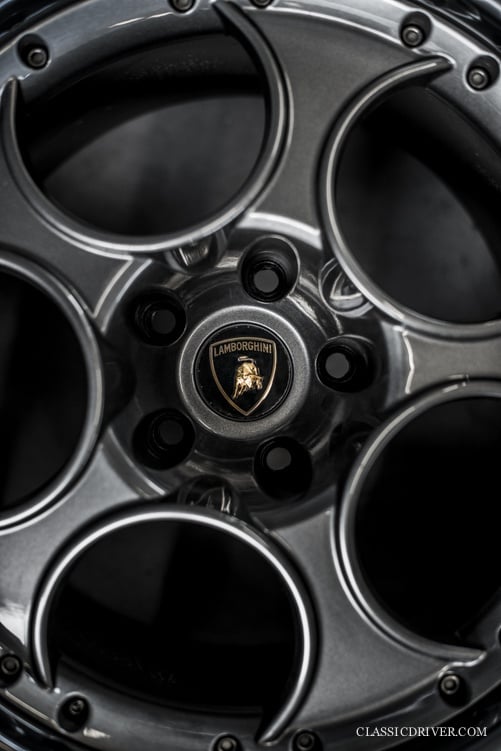

And how do you think they will continue to fare?
This year, Lamborghini is celebrating the 50th anniversaries of the Espada and Islero, so the promotions of these two models will boost the interest of the collectors. I’m convinced that if the brand continues to care about its history and celebrate the models and their birthdays — and if its PR department really does it well — the results will follow and there will be a higher demand on these models and, accordingly, higher prices. The high-quality cars, finished in concours condition, with matching numbers, and original colours, will still sell for high prices, as there are always people who have the money for exceptional cars. Today, Lamborghini is reaching new customers with the Urus, and I’m convinced that among all these new customers, some will want to buy classics, and that will be good for the market.
You’re one of the most renowned Lamborghini historians in the world – how intense has the process been to gain all your information?
Thank you for saying that. I was really determined and made a lot of sacrifices — over 15 years, I travelled a lot in Italy, Europe, and the USA to meet people involved with the brand in the period. I interviewed around 117 people who had or still have a direct relationship with Lamborghini. I dug as deep as possible to find the right information, dismiss rumours, myths, and mistakes which appeared in books and texts, and make new discoveries.
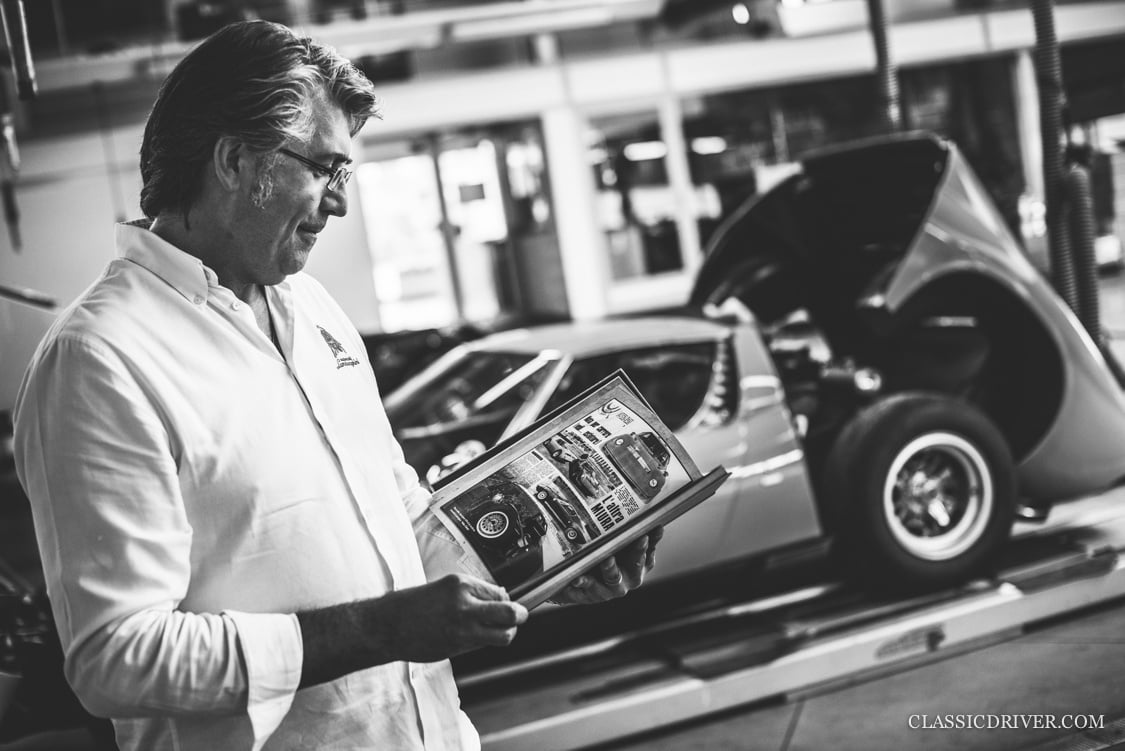
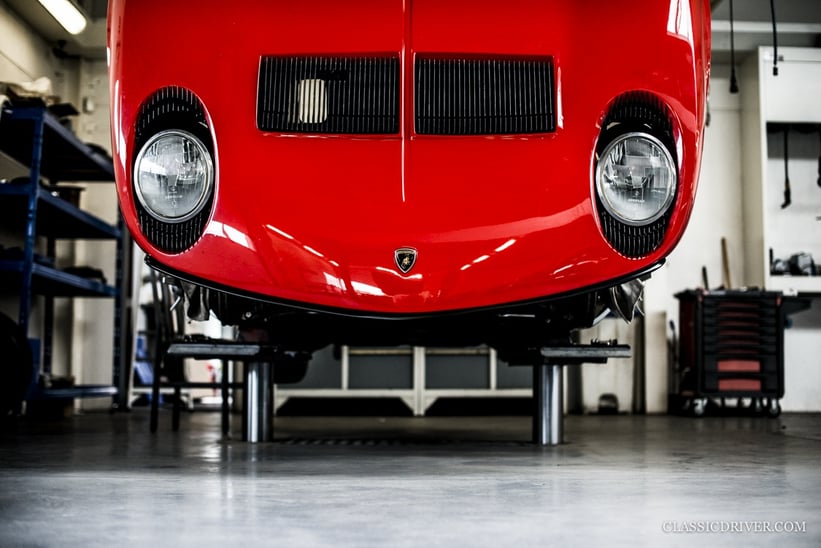
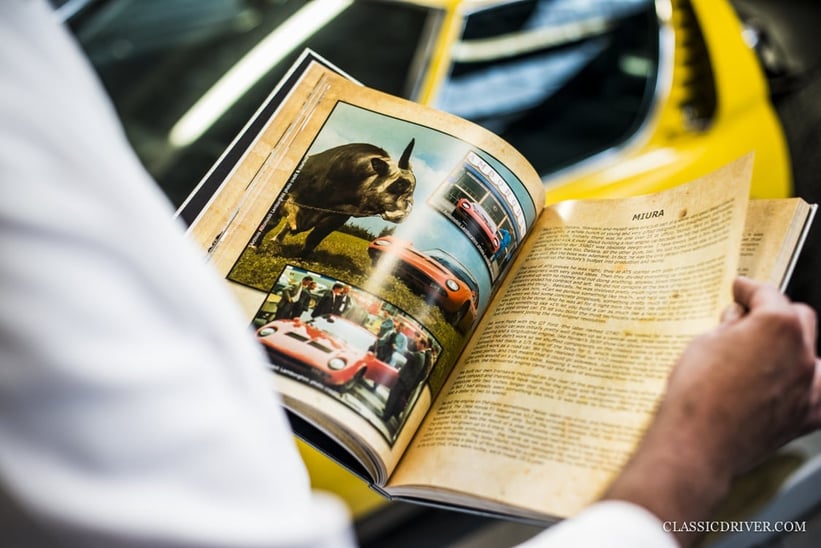
And you’ve chosen to share all the information you’ve uncovered with everyone in books that you are writing — first with Bob Wallace: The Man Who Marries Sportscars and then the upcoming Lamborghini Bible. What’s your motivation for writing these?
First of all, my friend Cristina Guizzardi wrote the Bob Wallace book, which had first been published in a small format, and I thought it was a shame and it wasn’t the homage Bob Wallace deserved, especially after personally meeting him in 2011. So, with her consent, I changed the layout, format, a little bit of the text, the timeline, and the placement of the pictures — like an editor does — and it’s now a real luxury edition.
Secondly, it will not be called a ‘Bible’. It’s more of an encyclopaedia, and I’m far from the final result. That’s a masterpiece that could take up my whole life, so there should be a few volumes, as I’ve already written over 1,800 pages! Between the accumulation of information and photographs, the investigations, the interviews, the travel, and the writing, it’s taken 30 years to get those pages!
The motivation to publish books is to share ‘a truth’, as there are many truths surrounding Lamborghini’s history, depending on the position of the people who lived it in period. So, I decided to have a 360-degree view on everything, but it takes a huge amount of time to accomplish. I don’t think there will be another book as exhaustive and comprehensive, yet so neutral, without condescension and reverence. I just want to honour the Lamborghini name.
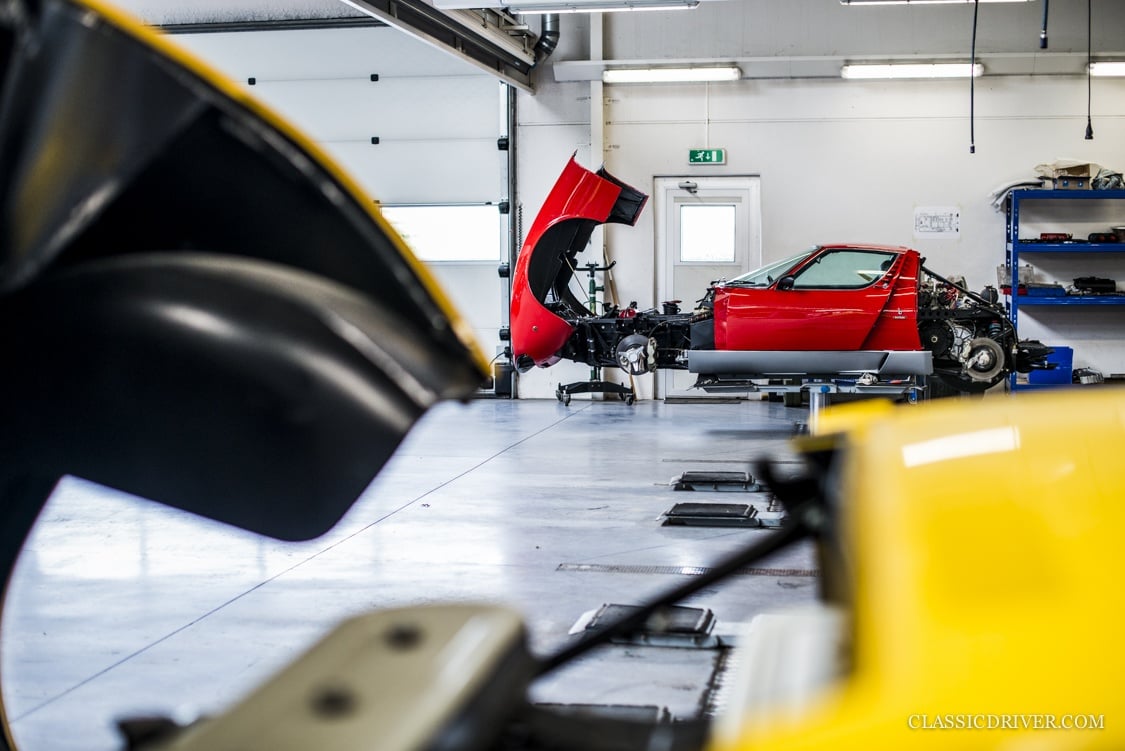
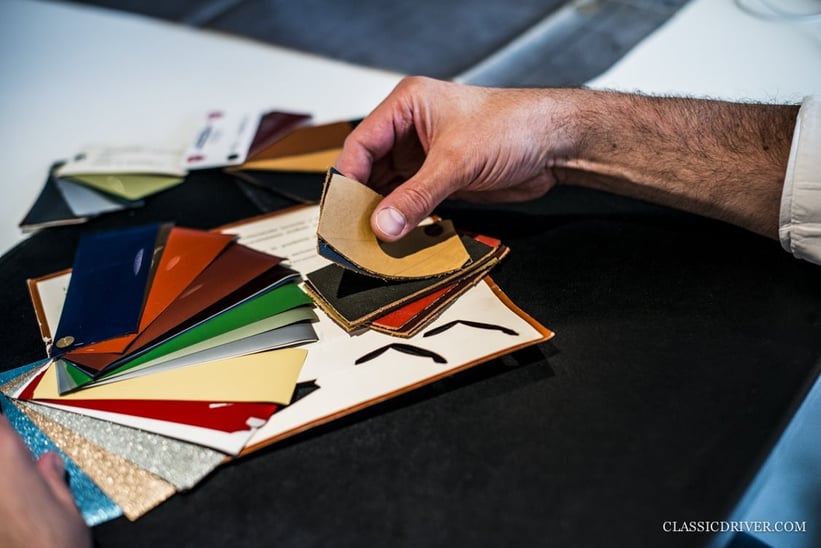
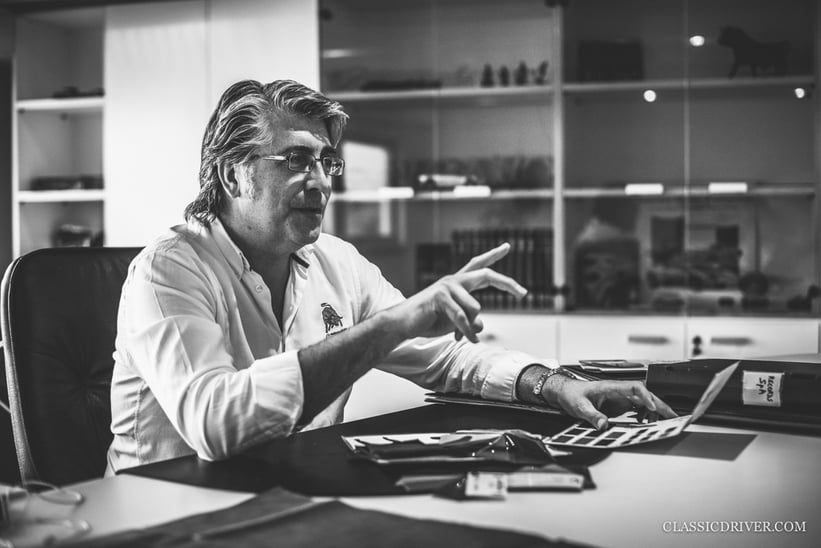
You seem to have a very extensive library, is this necessary for your historical research or is it a separate passion project?
How do you feed your passion if not with period documents? I have the whole collection of Lamborghini brochures, almost all the user’s manuals, most of the technique books, some letters from the factory, and some very special items, as well as around 6,000 magazines and 130 books about Lamborghini. When it’s about feeding the passion, books are necessary.
In your opinion, what’s the most desirable Lamborghini?
The Miura! There’s no car more amazing in terms of style. It’s real l’art de vivre. It’s definitely the Italian sports car of the ’60s — la dolce vita!
Photos: Rémi Dargegen for Classic Driver © 2018










































